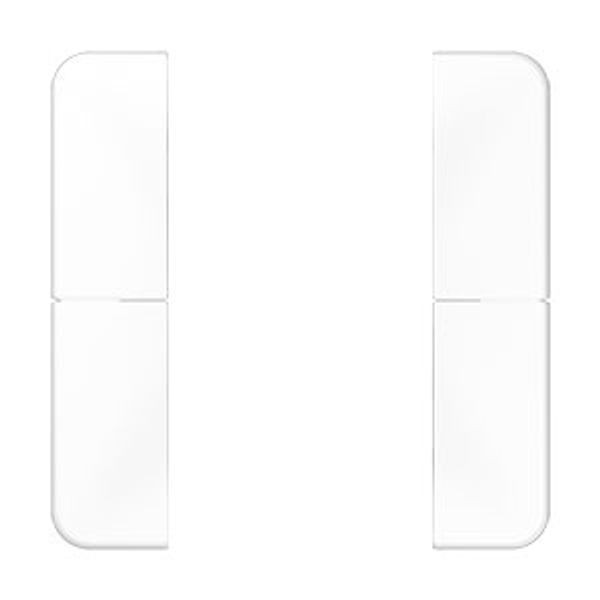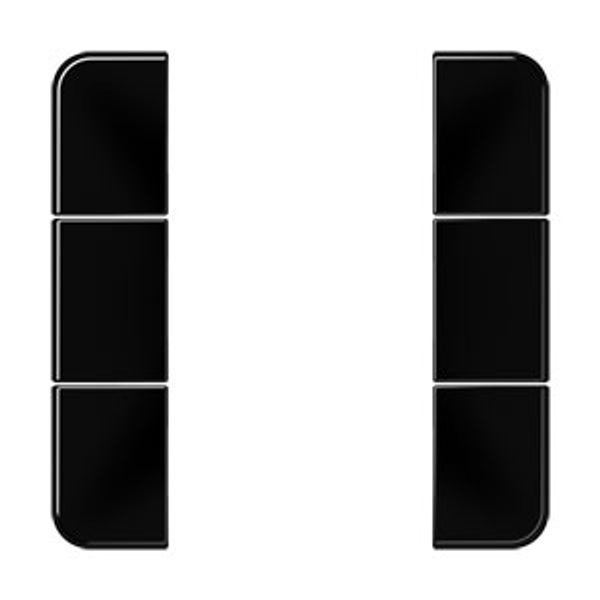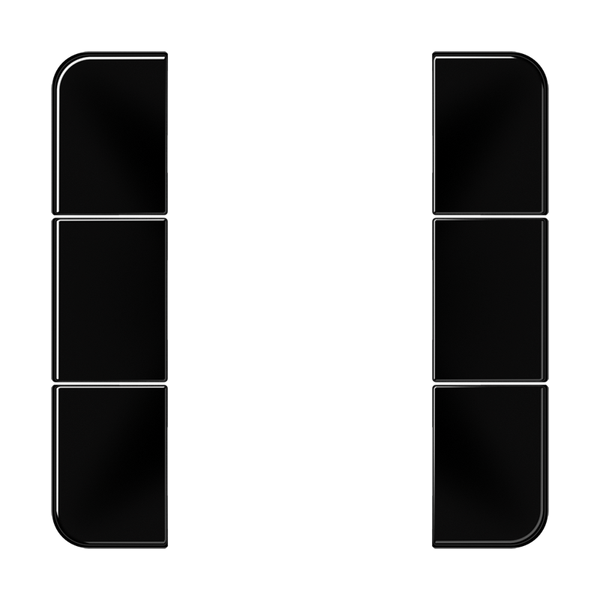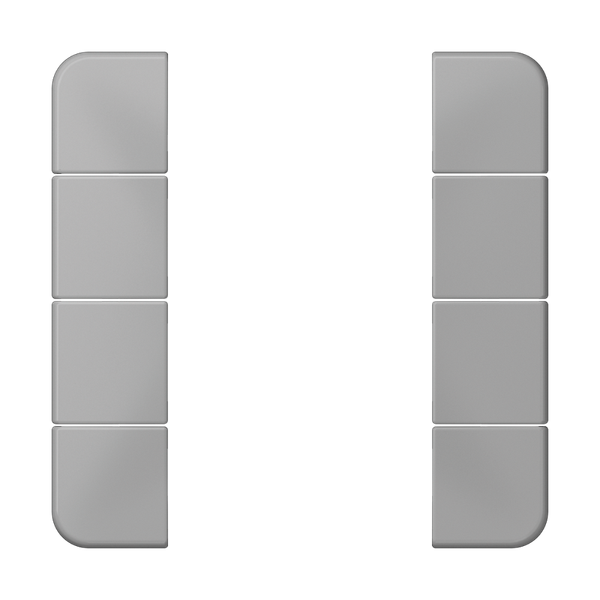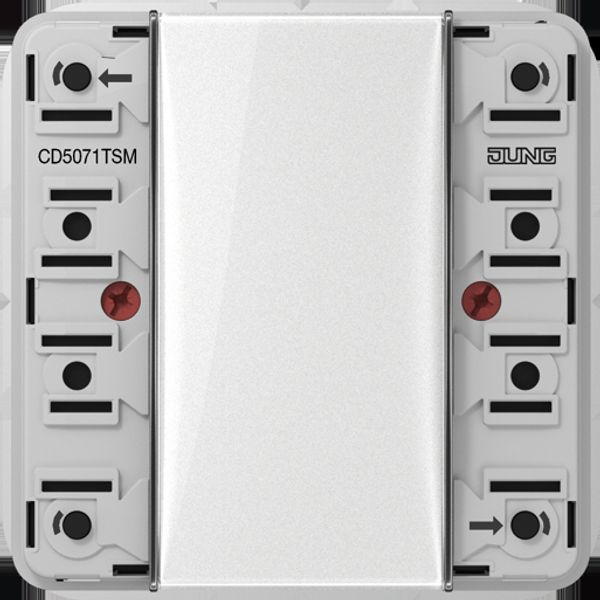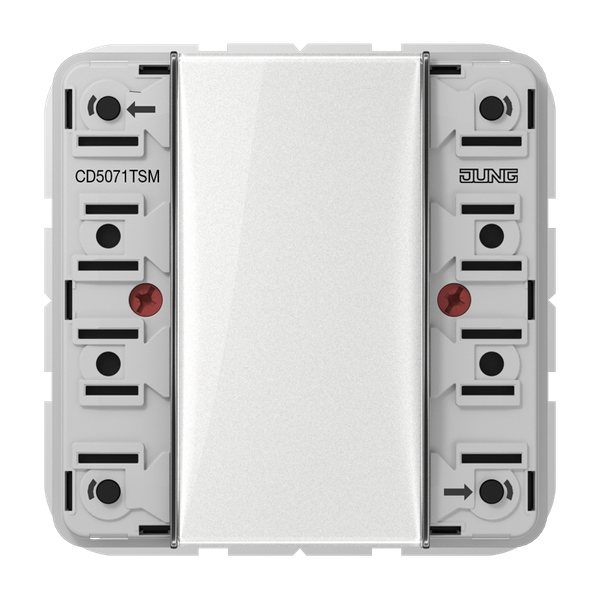Register to unlock your exclusive B2B prices and start shopping. Sign up now!
Standard push-button module 1-gang CD5071TSM
Order only
Price (excl. VAT):
131,57 €
EAN: 4011377106802
MPN: CD5071TSM
Box: 1
Estimate delivery time at our warehouse (approx.):
2-4 weeks
Technical Information
| Item condition | New |
| Manufacture name | Standard push-button module 1-gang CD5071TSM |
| Brand | Jung |
| Categories |
Bus System Devices (KNX/Modbus)
|
| Country of origin* | DE |
| * The actual country of origin may differ depending on the delivery batch. To confirm the specific country of origin, please contact your account manager. | |
| Harmonized System Code | 8536 5011 00 |
| Bus system KNX | Yes |
| Bus system radio frequent | No |
| Bus system Powernet | No |
| Bus system LON | No |
| Bus system KNX radio | No |
| Radio frequent bidirectional | No |
Packing details
| Packing level 1 | 4011377106802, 4011377106802 |
| Packing level 2 | 4011377106802, 4011377106802 |
Other Technical data
| Mounting method | Flush mounted (plaster) |
| With display | No |
| With IR sensor | No |
| With room temperature controller | No |
| With bus connection | Yes |
| Material | Plastic |
| Number of buttons | 0 |
| With anti-theft/dismantling protection | Yes |
| RAL-number (similar) | 0 |
| With label area | No |
| Degree of protection (IP) | IP20 |
| With LED indication | Yes |
| Transparent | No |
| Number of actuation points | 2 |
| Min. depth of built-in installation box | 0 mm |
Downloads
Description
Standard push-button module 1-gang CD5071TSM.Controls electrical switching operations within KNX bus systems.Generally used in smart building automation setups.Rugged design allows it to interface operationally with two actuation points. Flush mounted configuration for plaster installations;IP20 protective rating indicates suitability for indoor environments without exposure to moisture or dust intrusion beyond basic limits.Base material composition:plastic, unenhanced with surface protection features or finishing treatments.Integrated LED indication provides status feedback for button operations while anti-theft/dismantling protection safeguards integrity post-installation.Compatible only with wired KNX bus systems and includes direct bus connection capability for streamlined networking integration purposes across automated control frameworks such as lighting, HVAC, etc., absent wireless interfacing functionalities (KNX radio/radio-frequency modules excluded).
Accessories

Order only
Jung
Neutral cover CD50NAW
5,67 €
EAN: 4011377118362
MPN: CD50NAW
Box: 1

Order only
Jung
Centre plate CD50NAWW
5,28 €
EAN: 4011377118379
MPN: CD50NAWW
Box: 1

Order only
Jung
Centre plate CD50NAGR
8,69 €
EAN: 4011377118386
MPN: CD50NAGR
Box: 1

Order only
Jung
Centre plate CD50NALG
8,69 €
EAN: 4011377118393
MPN: CD50NALG
Box: 1

Order only
Jung
Centre plate CD50NASW
8,69 €
EAN: 4011377118409
MPN: CD50NASW
Box: 1
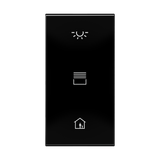
Order only
Jung
Cover, suitable for backlighting CD50NATXSW-L
12,37 €
EAN: 4011377206489
MPN: CD50NATXSW-L
Box: 1

